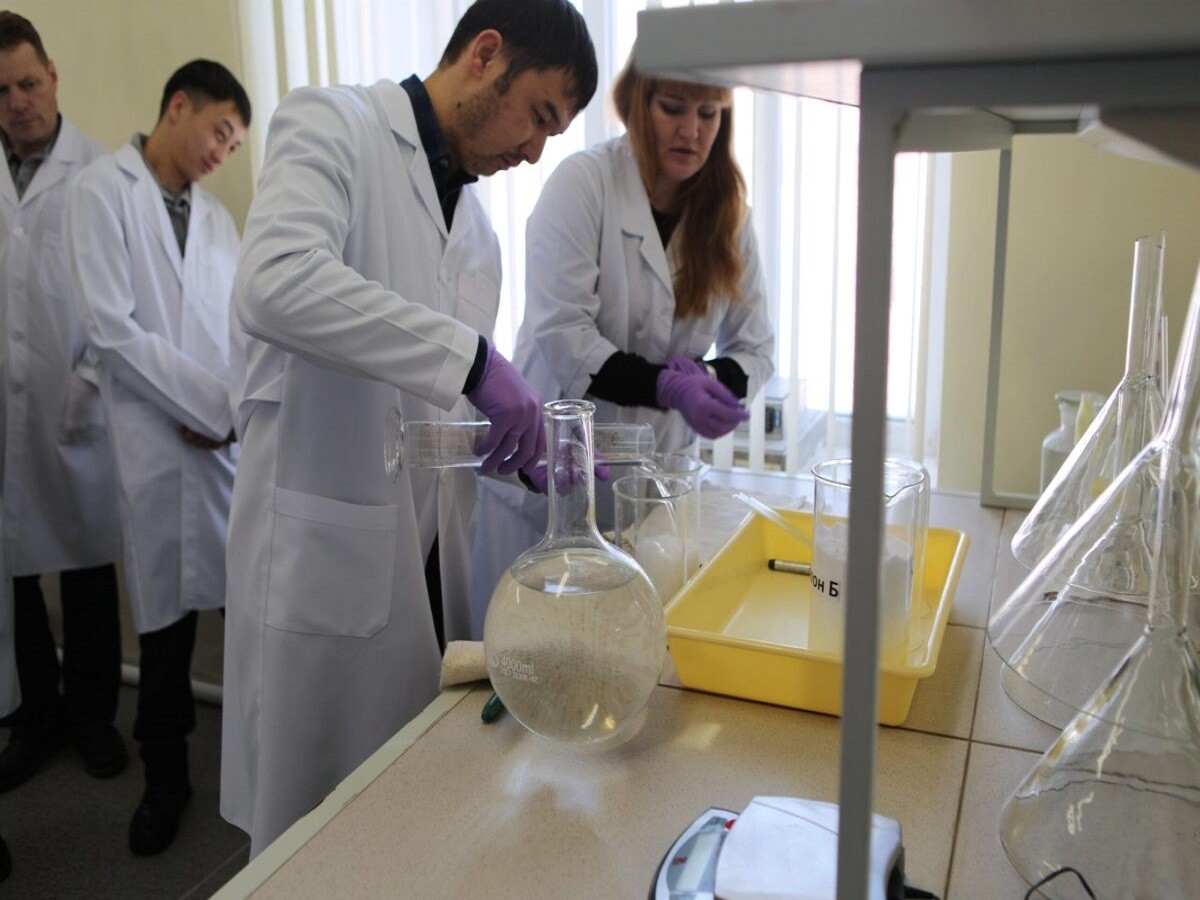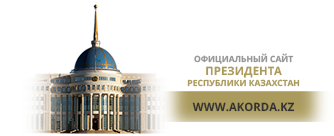- More
Course State license No. 19014211 issued by the Committee for Atomic Supervision and Inspection ME of the Republic of Kazakhstan has been granted for this type of activity. As a result of training, course attendees will obtain knowledge and hands-on skills in the field of the regulatory, organizational and technical framework. The course is held in three thematic areas:- ‘Special training of personnel who is in charge of radiation safety assurance. Radiation protection and safety’;
- ‘Radiation safety assurance in X-ray diagnostics’;
‘Special training of personnel in response to nuclear and radiological emergencies’
GEOINFORMATION TECHNOLOGY LABORATORY
As part of information technologies, a general radioecological research database of the Institute is maintained and map documents are accordingly prepared to plan future activities and draw up deliverables. Based upon the GIS technology, a unified information module is created for collecting and systemizing data obtained from research activities. Visualization and analysis of outputs allow planning of further work (scheming, routing, comprehensive mapping). A comprehensive analysis of findings allows the definition of the pattern and mechanism of contamination in study areas. To visually interpret and analyze radiological research findings, 3D models of environmental compartments are constructed.The main purpose of GIS project development is to create a unified information module based upon the GIS technology. The information module is intended to collect and systemize data obtained from the field work and laboratory analyses. Visualization and analysis of outputs allow planning of further work (scheming, routing, comprehensive mapping). A comprehensive analysis of findings allows the definition of the pattern and mechanism of contamination in study areas.
3D environmental models are constructed to analyze radiological research data. These models properly demonstrate and interpret data thereby enabling to convey the information on a medium of interest more completely as well as allow the fulfilment of a number of unsolvable applied tasks using conventional two-dimensional maps. In particular, 3D models allow the assessment of the vertical distribution pattern of the major radionuclides in soil and water in researching into the ecological situation around STS.
- meeting the public and making it aware of the information on the radiological situation in residential areas adjacent to the former Semipalatinsk Test Site (STS).
- Arranging and holding conversations in the STS exhibition hall with secondary school and university students living regions adjacent to STS.
- Carrying out publishing activities.
- Involvement in arranging conferences, workshops, exhibitions, contests for young scientists including the ones at the international level.
- Provision of Institute’s specialists with dedicated information necessary for research and development activities.
- Acquisition of and methodological assistance with the reference stock, provision of library services for Institute’s stuff members.
- Translation of scientific and technical literature and documentation into the state and English language.
The stock of the exhibition hall currently numbers about 100 depository items (photographs, documents, dummies, equipment). The purpose of the exhibition hall is to enlighten the broad public, and disseminate information on STS. The STS exhibition hall enables the familiarization with the origin and the history of the test site development; the major test locations; features of nuclear testing and nuclear effects; the current radiological situation in the STS territory as well as with the life and activities of the outstanding physicist-experimentalist I.V. Kurchatov. Conversations in the exhibition hall are held in three languages.
A portion of STS exhibition hall displays can be used in the travelling exhibitions to different settlements of Kazakhstan. Staff members of the branch ‘IRSE’ RSE NNC RK demonstrate information stands dedicated to the history of the Semipalatinsk Test Site, the current radioecological state at STS as well as speak about the ‘Experimental Field’ dummy explaining how the first aboveground nuclear test was conducted in the USSR, show portable dummies ‘Adit’ and ‘Borehole’ for underground testing. In addition, the exhibitions demonstrate ‘Virtual STS tours’ and the ‘Interactive map’ that was specifically developed by BSTI specialists for visitors to the STS exhibition hall.































